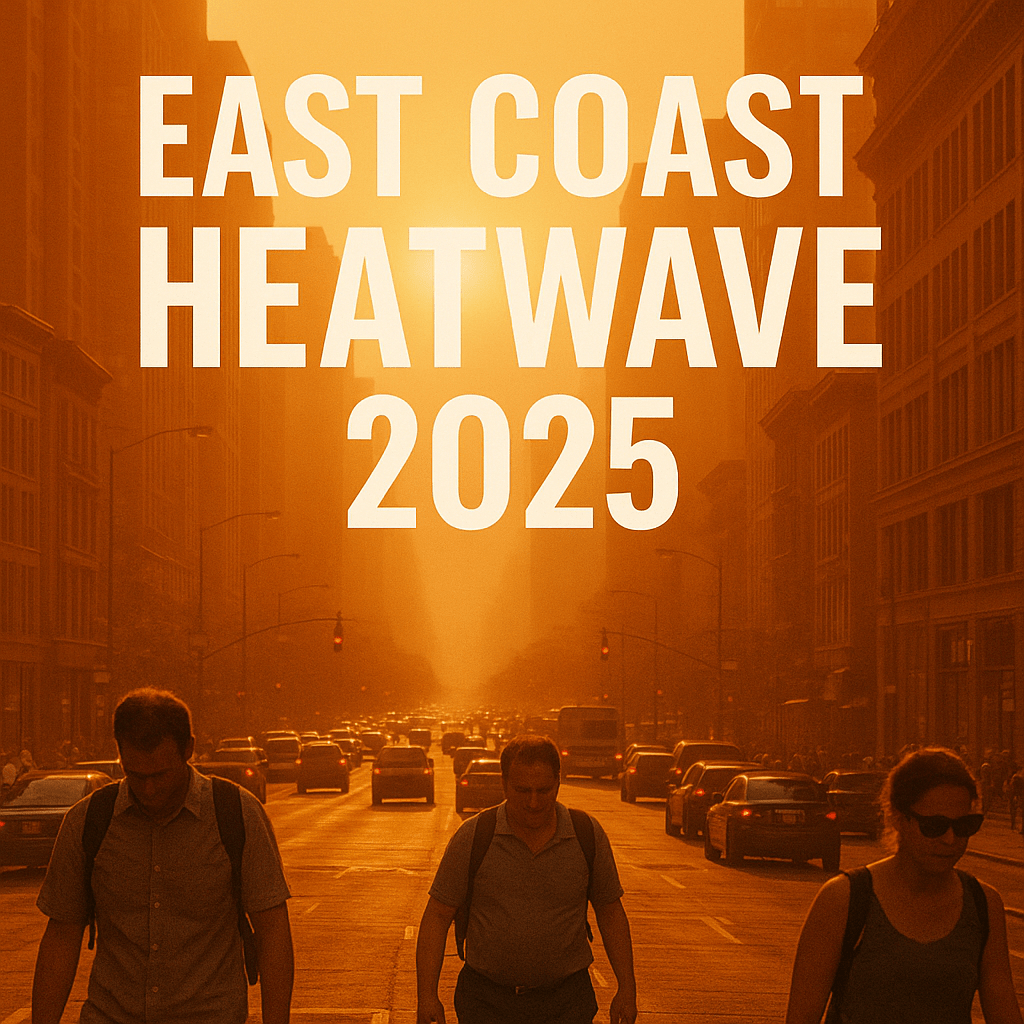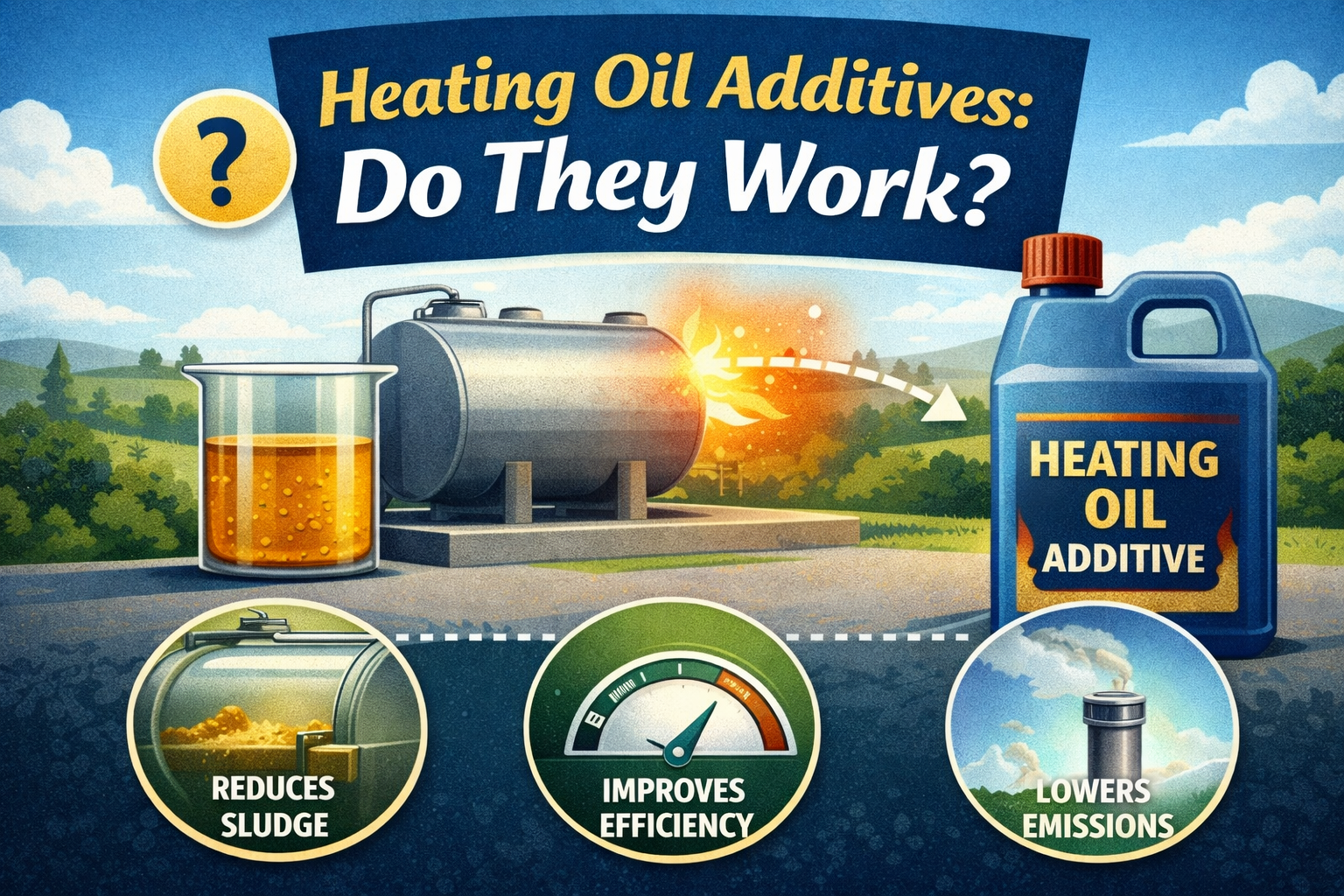The East Coast heatwave 2025 has struck the United States with brutal force, setting alarming temperature records and placing millions under urgent weather alerts. From New York City to Washington, D.C., the heat has reached a dangerous crescendo, turning bustling urban centers into pressure cookers and prompting growing concerns over health, infrastructure, and the mounting realities of climate change and heatwaves.
As the summer heatwave East Coast continues to intensify, meteorologists have confirmed that this July is on pace to become one of the hottest months in recorded U.S. history. The National Weather Service (NWS) reports that over 85 million Americans living in the Eastern United States remain under excessive heat warnings or heat advisories, with daytime temperatures exceeding 100°F (38°C) and nighttime lows offering little relief.
Hottest Cities in USA July 2025

Several major metropolitan areas on the East Coast are witnessing record temperatures July 2025, breaking previous benchmarks that stood for decades:
- New York City: The highest temperature since 2012 was recorded at 102°F in Central Park. All five boroughs now have operational cooling centers.
- Philadelphia: Sweltered at 104°F, forcing schools with summer sessions to shut down or shift online.
- Washington, D.C.: Hit 103°F, with emergency services overwhelmed by calls related to heat exhaustion and dehydration.
- Boston: Reached 100°F, sparking power surges and disruptions to public transportation.
This level of heat is not only breaking records it’s pushing systems, people, and infrastructure to the brink.
Eastern US Weather Alert: What You Need to Know
In response to the escalating crisis, governors across several states, including New York, New Jersey, and Virginia, have declared state-level emergencies and opened hundreds of cooling centers. Residents are being urged to stay indoors, avoid strenuous outdoor activity, and frequently hydrate.
The Eastern US weather alert system has issued ongoing notifications, warning of heat-related illnesses, wildfires in drier regions, and possible blackouts as power grids struggle to meet soaring demand for air conditioning.
Hospitals across cities are seeing a spike in patients affected by heatstroke, especially among children, the elderly, and those with preexisting conditions.
Climate Change and Heatwaves: A Stark Wake-Up Call
While extreme heat is not new to summer, climate scientists warn that what’s happening in East Coast heatwave 2025 is far from typical. The current event bears the fingerprints of a warming planet.
“This isn’t just summer as usual,” says Dr. Karen Lin, a climatologist at Columbia University. “We’re seeing stronger, longer, and more dangerous heatwaves in the USA 2025 than ever before. This is the new climate reality.”
Global data from NASA and NOAA indicates that 2025 has already seen more high-temperature days than any year on record by this time. The polar jet stream, which normally brings cooler air from the north, is weakening—allowing heat domes to sit stagnant over regions like the East Coast for longer periods.
Heatwave Safety Tips: How to Stay Safe
As millions navigate the suffocating conditions, officials are reinforcing heatwave safety tips to reduce the risk of heat-related emergencies:
- Keep Yourself Hydrated: Even if you’re not thirsty, drink water often.
- Avoid the Hottest Hours: Restrict your outdoor activities from 11 a.m. to 4 p.m.
- Use Fans and AC Wisely – Conserve energy but stay cool. Seek public cooling centers if needed.
- Check on Vulnerable Individuals – Especially the elderly, infants, and pets.
- Wear Light Clothing – Avoid dark colors and tight clothing outdoors.
In addition, local governments are deploying volunteers to distribute water bottles and assist those without access to air conditioning particularly the homeless population and low-income neighborhoods.
Power Grids Under Pressure
Electric utilities across the Eastern U.S. are battling record-high electricity demand. In New England and the Mid-Atlantic, energy providers have warned of potential rolling blackouts if demand continues to outpace supply.
“With temperatures like these, air conditioning becomes not a luxury, but a lifeline,” said Marcus Allen, spokesperson for the North American Electric Reliability Corporation (NERC).”We urge customers to reduce non-essential usage during peak hours.”
What Comes Next?
Unfortunately, forecasts suggest little immediate relief. The East Coast heatwave 2025 is expected to persist for at least another four to five days before any significant cool-down arrives. Long-range models show that August may bring more of the same, particularly for urban areas unprepared for sustained heat.
As government agencies and scientists work to prepare the nation for a hotter future, this extreme weather event serves as a powerful reminder: the climate crisis is not coming it’s already here.







